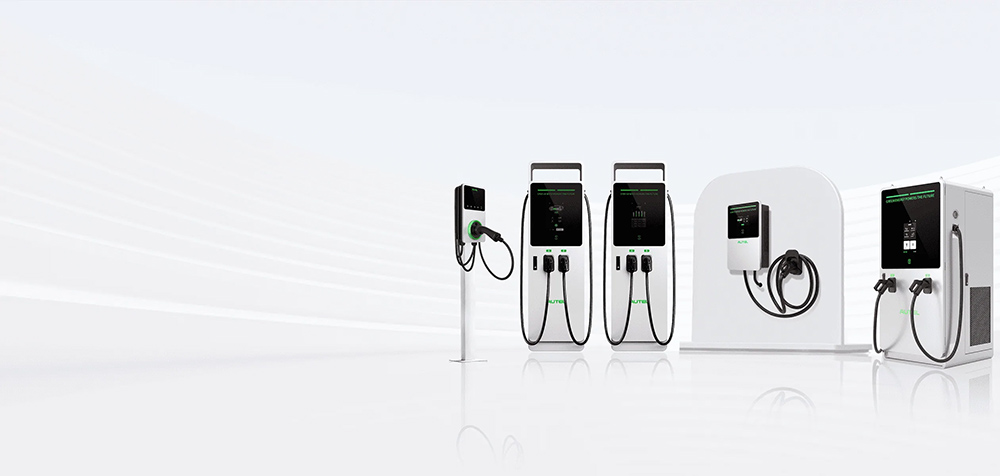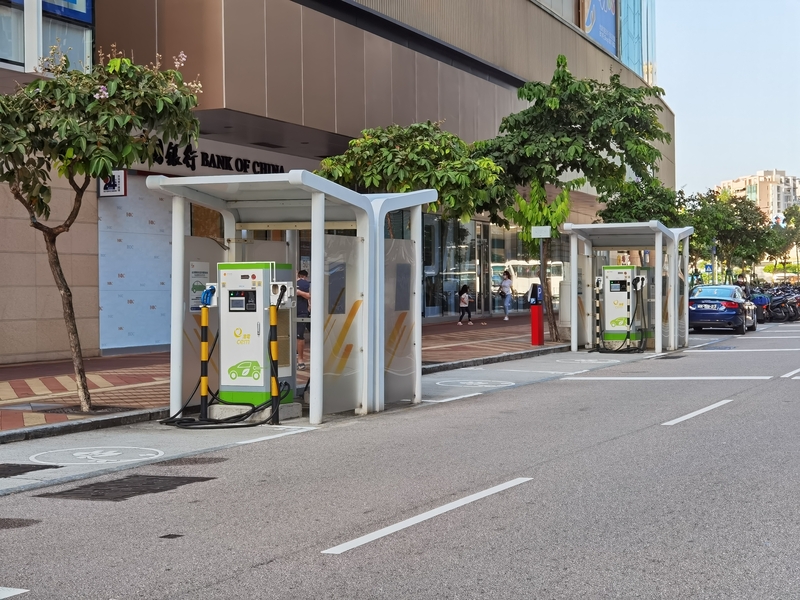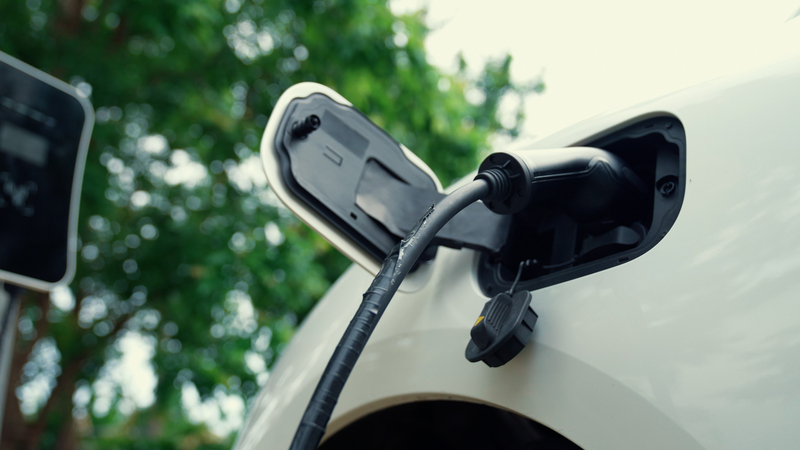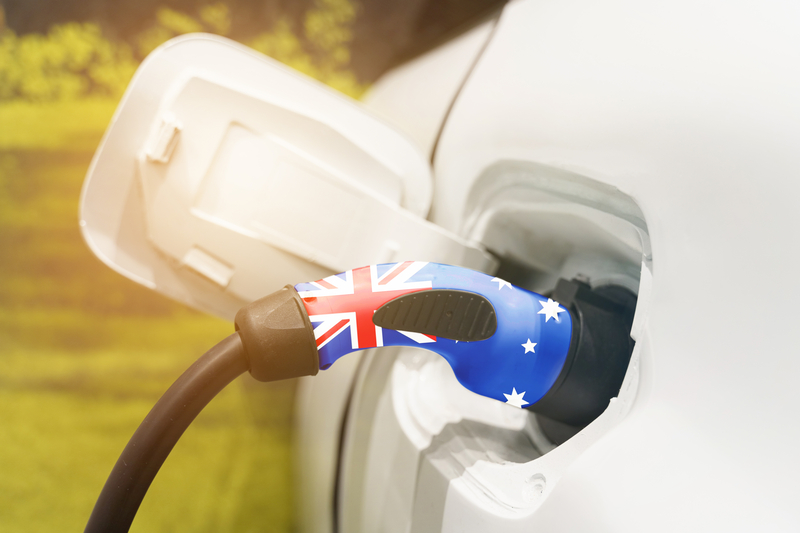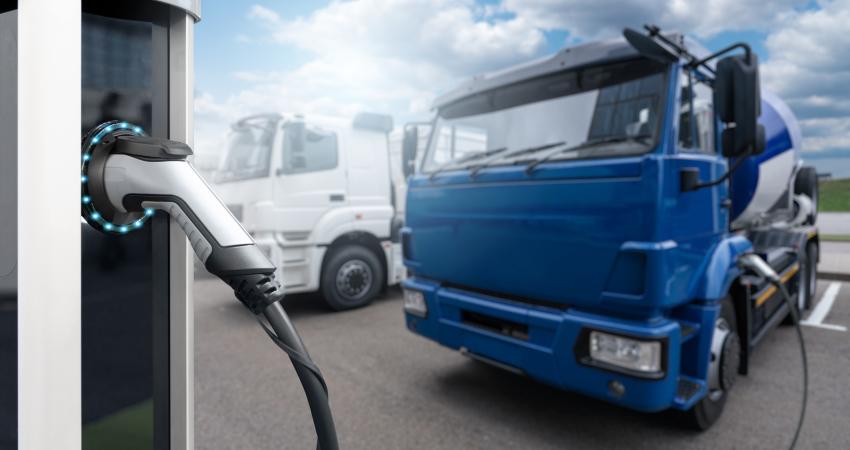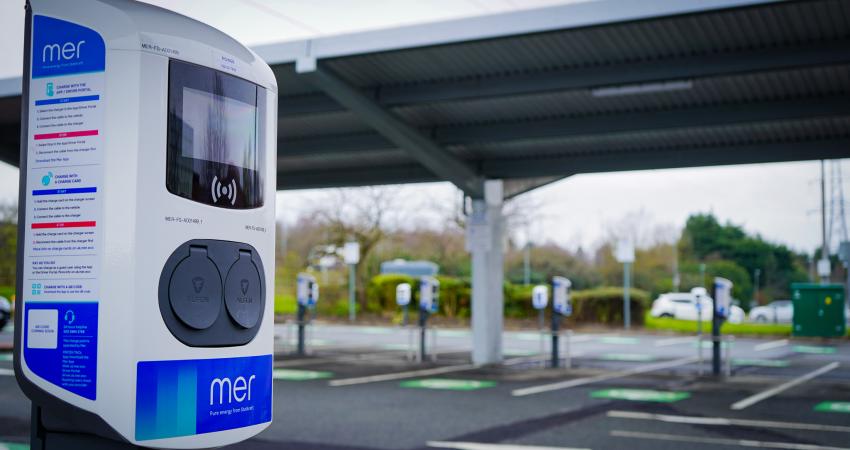Australia's Electric Vehicle Council says that, as of mid-2024, the number of high-power public charging locations was 1,059, while the number of individual high power public EV chargers in service was 1,849. This is a 90% increase in high-power charging locations compared to the same time in 2023. Many of these locations have multiple charging bays in place to support charging multiple cars simultaneously.
Plans for the continued rollout of high-power public charging continue to be announced and the EV Council says that hundreds of locations have already been deployed, and hundreds more are planned for deployment in the coming years to fill the gaps.
The expansion of the national charging network is a crucial element that has contributed to recent EV growth, according to the EV Council's State of Electric Vehicles 224 report. As of July 2024, there were over 1,000 locations across the country offering fast or ultra-fast charging.
In 2024, Australians had already purchased over 100,000 EVs before the end of the year – an annual record.
The EVC strongly recommends continued investment in public charging through initiatives such as kerbside charging and local governments providing publicly available charging.
Alongside continued growth of public charging, the EVC says governments need to continue examining opportunities to provide charging opportunities to Australians without access to off-street parking and those living in multi-storey buildings.
EVs sales growth
The last 18 months has been one of the most significant periods in Australia’s EV transition. In 2024, the Federal Government passed legislation to introduce a New Vehicle Efficiency Standard (NVES) for light vehicles.
To be implemented from 2025, the NVES will play a significant role in helping Australians have more choices in cost-competitive low and zero-emission options, including electric vehicles.
The need for a New Vehicle Efficiency Standard is two-fold: i) helping Australians to access the best low and zero emission vehicles to reduce their transport costs; and ii) reducing our national carbon emissions.
With the country highly dependent on foreign fuel, Australians are exposed to the volatile global oil market, and too often have to pay for it at the fuel pump. The NVC says EVs offer Australians the opportunity to significantly reduce their fuel bills, while maximising the use of Australian-made energy.
The average Australian drives around 40 kilometres per day, however, those living in outer suburbs or regional areas drive even greater distances and stand to save much more from the switch to EVs due to their lower running costs.
The second major benefit of the NVES is its role in cutting our national carbon emissions. Transport makes up about one-fifth of Australia’s emissions, with the vast majority of emissions coming from cars, followed by trucks. Based on current trends, it is likely that the transport sector will become Australia’s top emitting sector in the near future, as other sectors of the economy – such as energy – rapidly decarbonise. While much of the technology is already available to decarbonise transport, NVES will help Australians to decarbonise its transport sector by providing them options to reduce the carbon emissions from their vehicles.
Globally, the adoption of EVs continues to increase, with EVs now comprising over 18 percent of new light vehicle sales around the world. In Australia, EV uptake has hit new records each year, reflecting increased recognition of their significant economic, environmental and health advantages.



